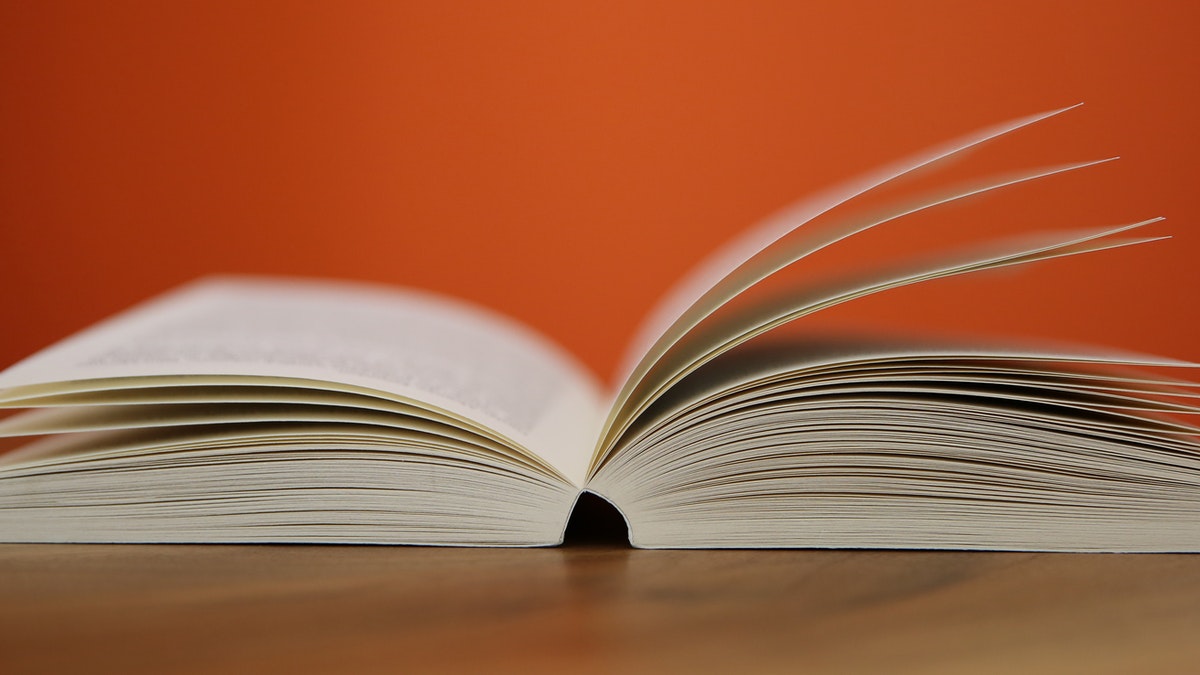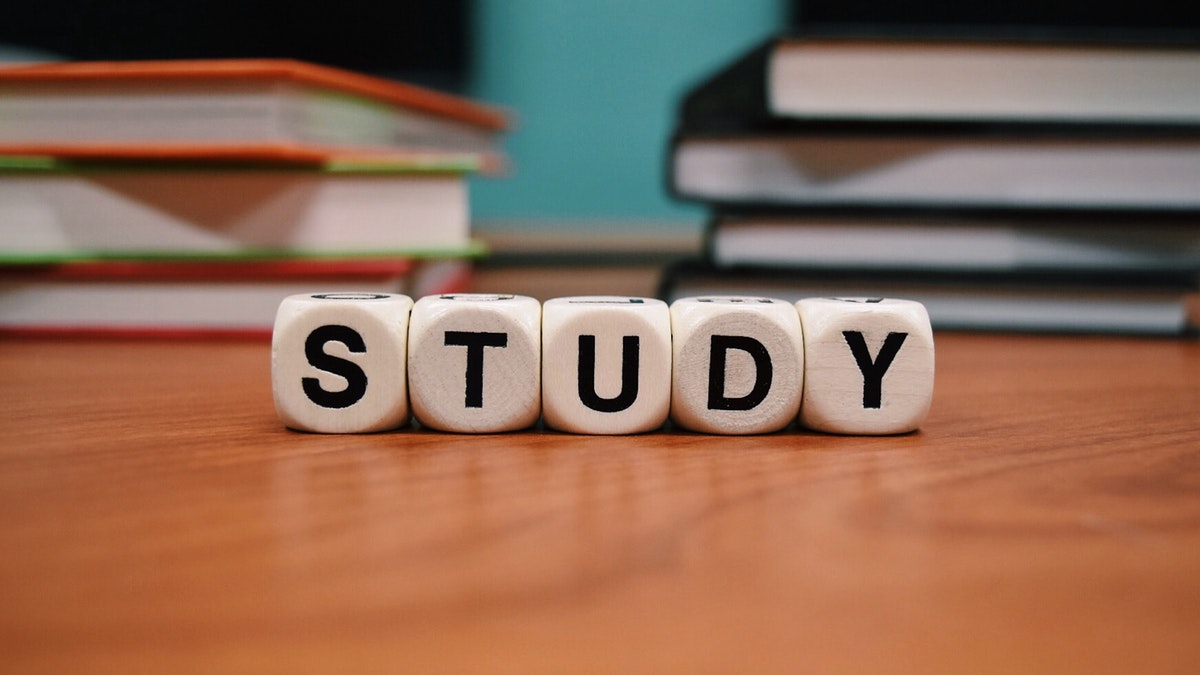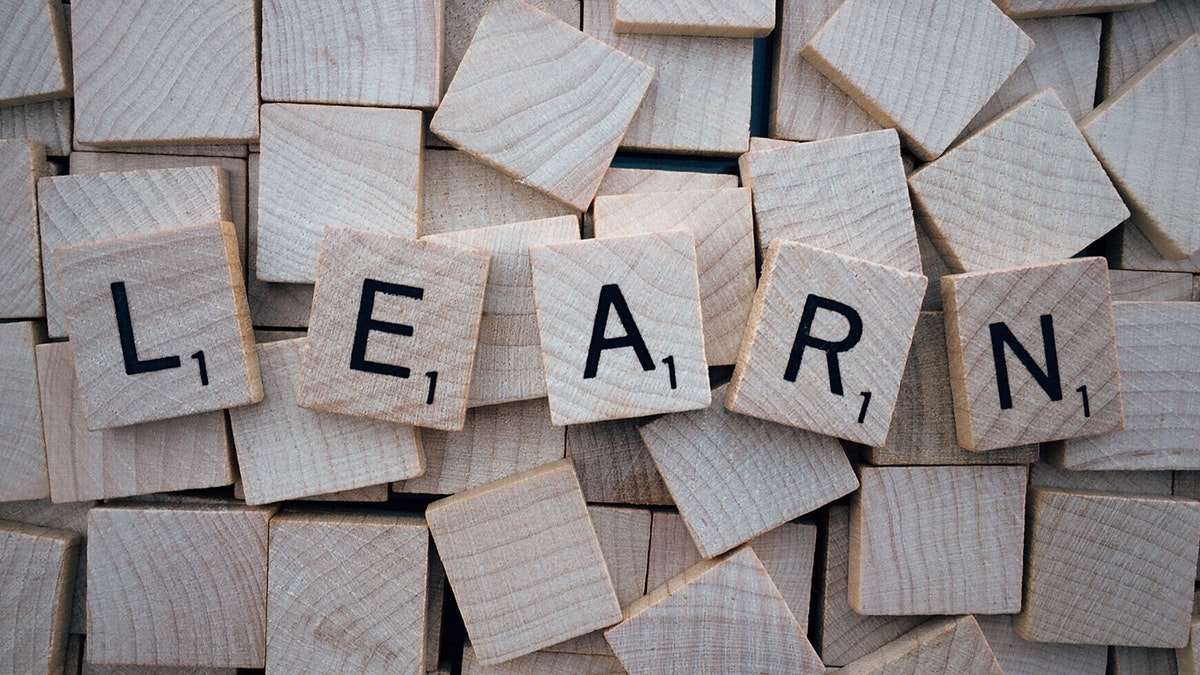Articles

NCERT Chapter Summary: On Killing a Tree (Poem)
It is not easy to kill a deep-rooted tree. It takes much time to kill it. A tree is too strong to be killed by a simple attack of a knife. It has grown slowly consuming the earth, feeding upon its crust, absorbing years of sunlight. The strength it has stored through a long period of hard work and patience, cannot be destroyed in one go.

NCERT Chapter Summary: The Fight
It has been less than a month living in Rajpur when Ranji discovers a pool. The summer was at its extreme and Ranji’s school hadn’t opened yet. He didn’t have any friends either. While wandering all by himself in the weather, he discovered the pool in the forest. On the day when Ranji discovered the pool, it was extremely hot and Ranji’s brown feet turned chalky with dust.

NCERT Chapter Summary: No Men are Foreign (Poem)
We have many ways of thinking of other people as different from us. They may belong to different countries or religions, follow a different lifestyle and speak a different language. But the poet reminds us of the many ways in which we are all the same for we are all humans.

NCERT Chapter Summary: The Lake Isle of Innisfree (Poem)
The poem dreams of escaping the busy streets of London. He remembers Innisfree as a perfect little island that would supply all his needs. This poem explores his longing for the peace and tranquillity of Innisfree where he spent a lot of time as a boy.

NCERT Chapter Summary: The Seven Ages (Poem)
"The Seven Ages" is a poem by William Shakespeare that presents a metaphorical journey through the different stages of human life. It describes life as a series of seven distinct ages, each with its own characteristics and experiences. The poem emphasizes the fleeting nature of time and the inevitable progression of life from infancy to old age.

NCERT Chapter Summary: The Open Window
Framton Nuttel had a nervous breakdown. He migrates to the rural spaces in order to seek some relief. His sister, however, was sceptical that his problem might get worse as he would hardly get to meet anyone in the rural spaces and lose it completely. She, therefore, gives him letters of introduction to meet people whom she considered quite nice and who could keep good company to Nuttel.

NCERT Chapter Summary: On the Grasshopper and Cricket (Poem)
‘On the Grasshopper and Cricket’ is a fourteen line poem or a sonnet in which the poet expresses his view that the nature is always inspiring a poet to compose poetry through its various aspects. For Keats, seasons may change, but nature would never cease to inspire the poets and sing its songs.

NCERT Chapter Summary: The School Boy (Poem)
The boy loves to wake up to see the summer mornings. The sound of the birds singing and the huntsman’s horn are both pleasant. It seemed to him as if the skylark was singing with him. All of this was such a sweet company to him.

NCERT Chapter Summary: The Duck and the Kangaroo (Poem)
The poem opens with a conversation between the duck and the kangaroo. The duck admires the kangaroo for the way it hops. The duck feels bored of his life in the pond. The duck, therefore, requests the kangaroo to give it a ride on his back. The duck also promises that it would not say anything except “quack.” The duck wanted to see the entire world.

NCERT Chapter Summary: When I Set Out for Lyonnesse (Poem)
The poet travels to an imaginary place, called Lyonnesse. He shares details his journey and the impact it had upon him in this poem, the draft of which was found immediately after his return from the parish where he had gone to supervise the restoration of a church.

NCERT Chapter Summary: Macavity - The Mystery Cat (Poem)
The poem is a description of a villainous character, Macavity, a criminal who is so skilled in committing crime, that no one can ever find him. For whenever they reach the crime scene, he's not there.

NCERT Chapter Summary: Geography Lesson (Poem)
The poem is written from the perspective of a person who is observing the city from above, seeing it seated in a jet plane. As he ascends the heights in the sky, he is able to understand the real meaning of geography.

NCERT Chapter Summary: The Great Stone Face - I
The Great Stone Face was a work of nature, formed by several rocks piled one upon another. From a distance, however, it looked like a human face. If the onlooker came too near, he would lose sight of the outline of the face. Whereas from a distance the face was very clear.

NCERT Chapter Summary: This is Jody's Fawn
Jody expresses his sympathies for the fawn that has just lost its mother. He seeks his father’s permission to raise the fawn. Jody’s father, Penny, is put in a fix, as the mother of the fawn was killed in order to save Penny.

NCERT Chapter Summary: A Visit to Cambridge
For the author, Firdaus Kanga, Cambridge contained the essence of England. The place became something entirely different, but more meaningful by the time he left, for he had then become acquainted with Stephen Hawking.

NCERT Chapter Summary: Glimpses of the Past
The Earth India Company was extending its power in the 18th century. The rivalry between the Indian princes and their short sightedness gave a chance to the English merchants and the company to get successful in their ventures.

NCERT Chapter Summary: Bepin Choudhury's Lapse of Memory
Like every Monday, after work Bepin Choudhury directly headed to Kalicharan’s book shop to buy books. While he was looking at the books, he had a feeling that someone was perhaps closely observing him.

NCERT Chapter Summary: The Summit Within
HPS Ahluwalia was one of the members of the first ever successful team that reached the top of Mount Everest n 1965. The chapter discusses his emotions and moods on reaching the top of the summit. On reaching the top, HPS Ahluwalia shares his sense of joy and triumph at being among the first ones to reach the top.

NCERT Chapter Summary: The Tsunami
Ignesious’s Story Ignesious was completely unaware on the morning of 26th December, sleeping peacefully when his wife woke him up at 6 am, after she left an earthquake. As a precautionary measure, he removed the television set from the table and placed it on the ground, in order to save it from falling off the table.

NCERT Chapter Summary: The Great Stone Face - II
As Ernest grew, his wisdom and his popularity grew manifold. He never desired or sought fame, but his wise thoughts paved way for only fame and respect to come his way. His fame spread beyond the valley and people from distant lands came seeking his company.

NCERT Chapter Summary: An Alien Hand
While Tilloo’s father was enjoying an afternoon nap at home, Tilloo quietly stole his father’s security card and decided to escape his mother’s watchful eye and go ‘that way.’ He had observed his father using the security card to open the metal door.

NCERT Chapter Summary: A Tiger in the House
One day, when grandfather was walking down the forest path, a little away from his party, he found a tiger’s cub. He picked him up and brought him home. Grandfather was the only member in the hunter’s party who was ever able to find anything, be it dead or alive. Grandmother named the tiger cub, Timothy.

NCERT Chapter Summary: The Bear Story
Many years ago, in an old manor-house on the border of a big forest, lived a lady, who once found a bear cub half dead of hunger. The cub was so small and helpless that the lady brought him home with the help of her old cook.

NCERT Chapter Summary: I Want Something in a Cage
Mr Purcell was a small and fussy man. He had red cheeks and a tight little stomach. He owned a pet shop, which sold cats, dogs, monkeys and birds. He also sold fish food and bird seeds along with showy and gilded cages. He considered himself to be professional man.

NCERT Chapter Summary: The Cop and the Anthem
Soapy, sitting on his seat in Madison Square, observes the signs of winter approaching. Birds begin to fly towards South, people begin to buy new warm coast and so on. A dead leaf fell at Soapy’s feet and this was a special sign for Soapy which indicated the onset of winters. Soapy became restless trying to think of ways to sustain himself through the harsh season.

NCERT Chapter Summary: The Desert
Many people who live in areas surrounded by forests and hills believe deserts to be vast areas of sand where no rainfalls and therefore, it is hot and dry. In such circumstances there is hardly any vegetation to be found in such areas.

NCERT Chapter Summary: Bringing up Kari
Kari was five months old when he came under the care of the narrator. The narrator, too, was a young boy, merely nine years old. The narrator could reach Kari’s back if he stood on his toes. Kari remained of the same height of the next 2 years. Both the narrator and Kari grew simultaneously.

NCERT Chapter Summary: The Tiny Teacher
The chapter opens with the author making a catalogue of the smallest insect who is also the wisest insects. He wonders if it is the fly, the mosquito or the worm. He realizes that the insect that justly fits into this category is the ant. It is the most commonly found insect, the smallest and the wisest. The author seems impressed by the story of ant’s life and analysis it.

NCERT Chapter Summary: Wind (Poem)
In this poem, the poet highlights the destructive as well as the constructive aspects of the wind. He says that the wind teases and makes fun of the weak persons or things. Wind symbolises the difficulties that one faces in one’s life. Difficulties frighten us if we are weak. When we are brave, difficulties do not harm us and disappear quietly.

NCERT Chapter Summary: Chivvy (Poem)
The poem ‘Chivvy’ is a catalogues of various do’s and don’ts that the grown-ups dictate to young children. The adults constantly give a list of instructions to the children about how to sit, how to talk, how to eat and so on.




